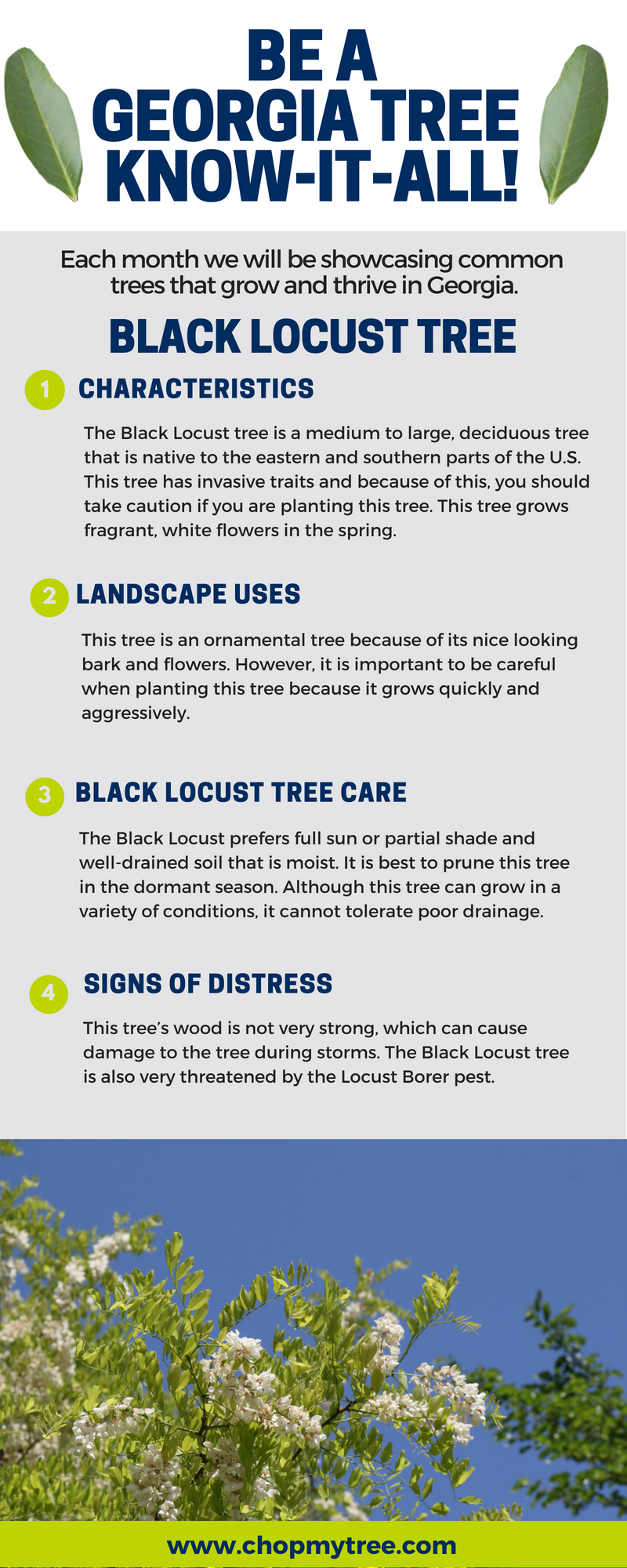Tree Trimming By Period: When And How To Trim For Finest Growth
Tree Trimming By Period: When And How To Trim For Finest Growth
Blog Article
Uploaded By-Secher Olson
When it comes to seasonal tree cutting, timing and strategy are essential for your trees' health and wellness and growth. You may be stunned at just how much a straightforward cut can urge new life. Understanding when to trim dormant trees versus flowering ones can make all the distinction. Yet it's not nearly when; it's likewise concerning how you do it. Let's explore the very best techniques to ensure your trees flourish.
Recognizing the very best Seasons for Tree Trimming
When's the best time to cut your trees? The solution hinges on comprehending the seasons. Late winter to very early springtime is commonly optimal, as trees are still inactive. https://www.sandiegouniontribune.com/lifestyle/home-and-garden/story/2020-10-03/two-watersmart-winners-surfin-safari-and-succulents reduces anxiety and advertises much healthier growth when they awaken.
Nevertheless, if you're managing blooming trees, take into consideration trimming right after their blossoms fade. This guarantees you won't cut off following year's flowers.
In summer season, light cutting can help maintain form and eliminate any dead or diseased branches. Avoid heavy trimming during loss, as trees are preparing for dormancy and may have a hard time to heal.
Inevitably, knowing your tree species and local environment will certainly lead your cutting schedule. Choose wisely, and your trees will thrive perfectly year-round.
Necessary Trimming Strategies for Healthy And Balanced Trees
Trimming your trees effectively is critical for their health and durability. Beginning by using clean, sharp devices to make accurate cuts, which helps prevent damage and illness.
Concentrate on removing dead, damaged, or crossing branches first; this encourages far better airflow and sunlight penetration. When reducing, aim for an angle that promotes recovery and decreases the danger of rot. Always prune just outside the branch collar, the swollen location where the branch meets the trunk, to enhance recuperation.
For young trees, shape them by precisely pruning to create a solid framework. Lastly, prevent over-pruning; eliminating excessive vegetation can emphasize your tree.
Common Mistakes to Avoid When Trimming
Numerous house owners make important mistakes while pruning their trees, which can lead to long-lasting damage.
One typical mistake is over-pruning, where you eliminate too many branches at once. This can worry the tree and prevent its development.
An additional error is making use of dull devices; sharp, clean tools make cleaner cuts that recover quicker.
Don't forget to prune at the incorrect time of year; winter months is commonly best for numerous species, while summer is suitable for others.
Additionally, stay clear of cutting branches as well close to the trunk or leaving stubs, as both can invite insects and diseases.
Lastly, stopping working to step back and assess the tree's overall form can result in unequal growth.
Keep these mistakes in mind for healthier, growing trees!
Verdict
In conclusion, seasonal tree cutting is critical for your trees' health and growth. By pruning at the correct times-- late winter season for dormant trees and right after blooms for flowering ranges-- you'll motivate vivid vegetation and blossoms. Keep in mind to use tidy, sharp devices and adhere to appropriate strategies to avoid damages. Prevent please click the next webpage in the fall and stay clear of common blunders. With these suggestions in mind, you'll maintain your trees prospering all the time!
